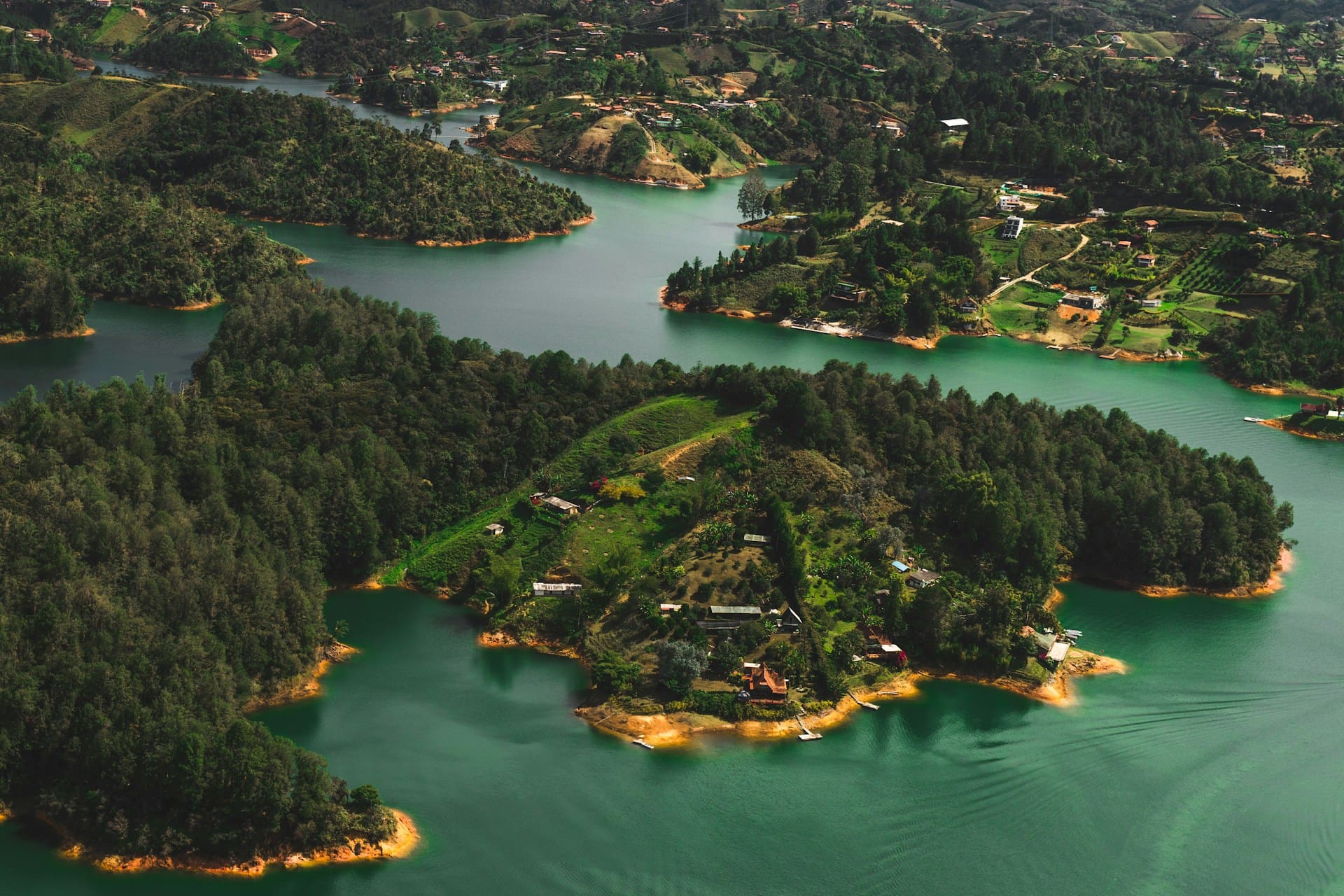Discover Colombia’s natural side
Colombia wants to introduce those who appreciate our feathered friends to its feathered friends. The Latin country wants foreign birdwatchers to realize that they’ll be in their element in the South American nation, which Carmen Caballero, president of tourism board ProColombia, says is great for birdwatchers and other nature enthusiasts.
“Foreign tourists associate Colombia with both its natural beauty and rich cultural heritage,” she says. “However, nature has become a defining attraction, as Colombia is one of the most biodiverse countries in the world, housing 10% of the planet’s biodiversity. This includes 1,900 bird species, representing 20% of all bird species globally, and between 45,000 and 55,000 plant species.”
At the same time, Caballero says that Colombia’s six distinct tourism regions offer visitors a wide variety of experiences, from the Amazon rainforest and Caribbean beaches to Afro-Colombian traditions and Indigenous heritage.
“Colombia is a premier destination for birdwatching, ranking first globally in bird diversity with 1,900 species. The country excels in bird-counting events like the Global Big Day, regularly topping international rankings. Iconic locations such as the Sierra Nevada de Santa Marta, the Amazon, and the Coffee Cultural Landscape offer unparalleled birding experiences, and are home to many endemic and migratory species, making Colombia a paradise for bird enthusiasts.”
Colombia is attracting a growing number of birdwatchers from around the world, with tourism authorities reporting that birdwatching has become an essential part of the country’s birdwatching strategy and birding opportunities are being promoted in such markets as the United States, Canada, the United Kingdom, Spain, and Australia.
The high-spending birdwatching segment aligns with Colombia’s sustainable tourism goals, contributing to habitat conservation and community development. It is also generates significant economic opportunities for local communities while raising awareness about biodiversity conservation.
Colombia has seen rapid growth in ecolodges and rural tourism accommodations. The number of rural lodgings — including ecolodges and glamping options — increased by nearly 200% between 2021 and 2024, growing from 3,579 establishments to 10,729. Specifically, 334 glamping establishments have been introduced, catering to tourists seeking eco-friendly and immersive experiences. That growth aligns with rising demand for sustainable tourism.
“The Colombian Amazon is one of the most fascinating and biodiverse areas on Earth,” Caballero continues.” It is home to an extraordinary range of wildlife, including exotic birds and other species found nowhere else. Key locations like Leticia, Amacayacu National Park, and Cahuinari National Park offer unique opportunities for ecotourism. For instance, bird species, such as the harpy eagle, thrive in the Amazon’s mature forests, with efforts like the Harpy Eagle Natural Reserve ensuring their conservation. The region’s ecotourism potential is part of Colombia’s broader commitment to sustainable tourism, and it continues to attract nature enthusiasts worldwide.”
Caballero says Colombian tourism is thriving, experiencing unprecedented growth and increasing international recognition.
“In 2023, the country welcomed over 6.1 million international tourists, a 9% increase compared to the previous year,” she reports. “Tourism generated $9 billion in foreign exchange in 2023, up 22.4% from 2022, solidifying the industry as a major contributor to Colombia’s economy.
“This momentum has carried into 2024. Between January and October 2024, Colombia welcomed more than 5.3 million non-resident visitors, representing a 9.4% increase compared to the same period in 2023. In the first half of 2024 alone, tourism contributed $4.7 billion in foreign exchange revenue, reflecting a 15.3% year-over-year increase.”
Air connectivity has expanded significantly, with Colombia now offering more than 1,360 weekly frequencies and 259,650 seats per week as of November. That includes direct connections between Canada and Colombia, making it easier than ever for Canadians to visit. There are now 24 weekly flights operated by three airlines: Air Transat, Avianca, and Air Canada. The carriers link Montreal and Toronto, with Colombia’s key destinations, Bogotá and Cartagena.
2023 marked a record year for Canadian arrivals to Colombia, with impressive growth of over 40% in tourism from this market. From January to October 2024, more than 100,000 Canadians visited Colombia, growth of over 10% compared to the same period in the previous year. The figure doesn’t yet include the high season, which spans from November 2024 to April 2025.
“Looking ahead to 2025, we expect this upward trend to continue, aiming to welcome over 150,000 Canadian travellers,” Caballero says.
Meanwhile, Colombia’s latest initiative highlights Colombia’s incredible biodiversity and its role as a haven for migratory species.

“Colombia is not only a top destination for international travellers but also for thousands of migratory animals — including birds, fish, marine mammals, and even insects — that pass through our country each year,” Caballero reports. “These species, which rely on Colombia’s unique ecosystems for refuge and sustenance, inspire a fresh perspective on what makes Colombia truly special.
Caballero says was the inspiration behind the creation of a tourism strategy where these migratory animals become the ‘guides’ that showcase Colombia’s beauty, magic and biodiversity.
“Leveraging extensive data collected from birdwatching databases, species trackers, and conservation organizations, we’ve crafted an initiative that shares real-time insights into the movements of these species. Using this data, we collaborate with online travel agencies to send personalized messages worldwide from the perspective of these animals, inviting people to discover what they already know about the Country of Beauty,” Caballero says. “This initiative not only encourages international visitors to explore Colombia but also reaffirms our commitment to sustainable tourism and the conservation of our ecosystems. By highlighting Colombia’s role as a critical destination for migratory species, we aim to inspire travellers to experience our natural wealth while contributing to the protection of these vital habitats. When nature calls, humans respond — and Colombia is leading the way in this unique fusion of biodiversity, conservation, and tourism.”

















